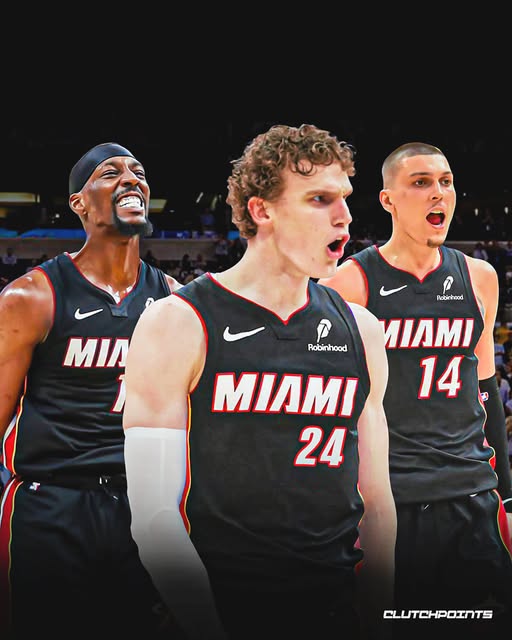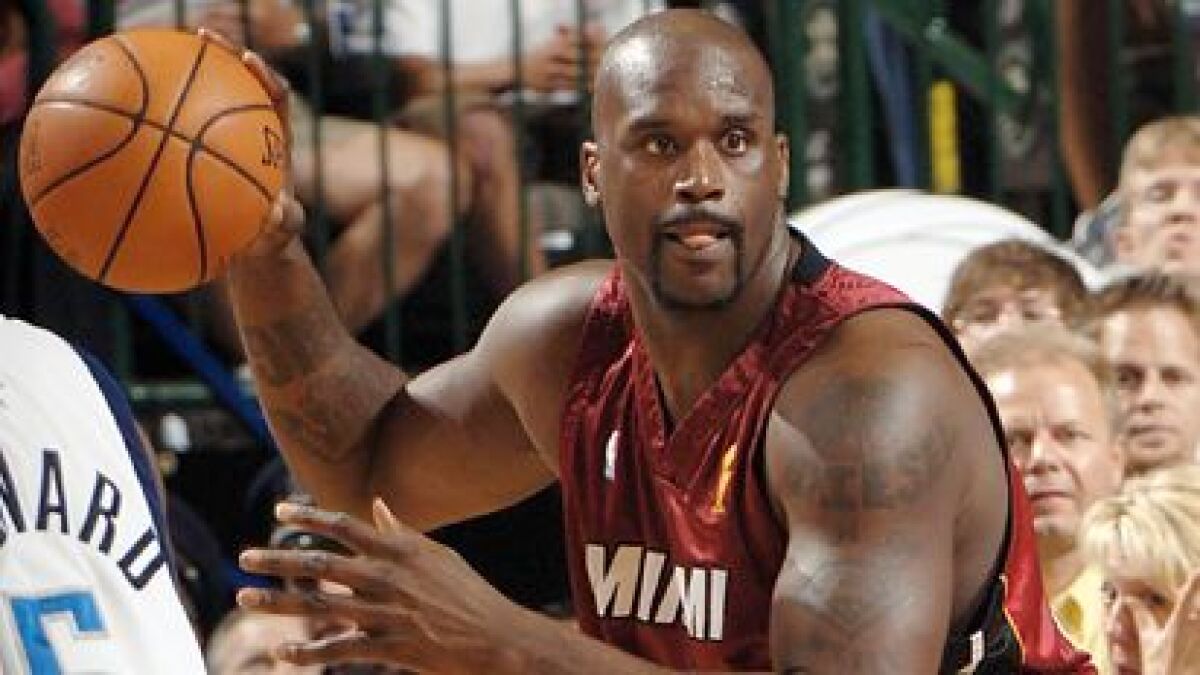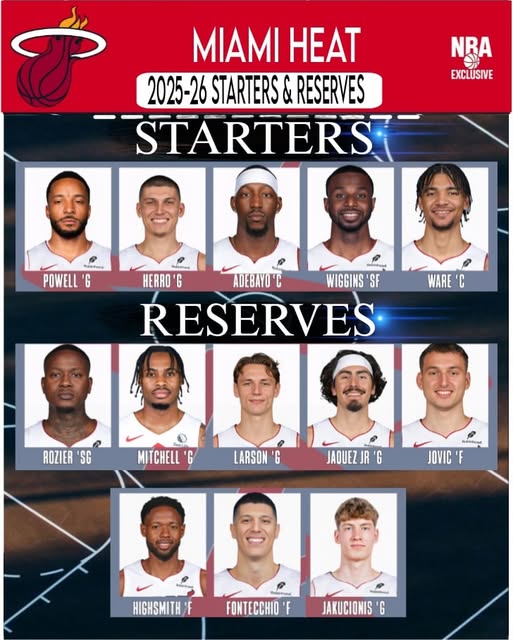Florida Gators Football Roster Stronger Than Ever as Billy Napier Builds Depth and Competition Through Four Recruiting Cycles
When Billy Napier arrived in Gainesville to take over the Florida Gators football program, the task before him was nothing short of monumental. The Gators, once a perennial powerhouse in the Southeastern Conference and on the national stage, had slipped into a cycle of underperformance and roster instability. Napier, known for his methodical approach, emphasized that turning the program around would take time, structure, and above all, recruiting consistency. Now entering his fourth year as Florida’s head coach, the results are becoming increasingly evident. Through four full recruiting cycles, Napier has not only assembled a roster that is significantly deeper than the one he inherited but also one that is clearly more competitive across every position group. This foundational rebuild, though not always flashy, may be exactly what the Gators need to return to elite status in college football.
Napier’s recruiting philosophy has been centered around more than just star ratings. While top-tier talent is important—and Florida has certainly brought in its share of blue-chip prospects—his emphasis has been on fit, development, and internal competition. From day one, he spoke about the importance of building a team, not just collecting individual players. This meant targeting athletes with both the physical traits and mental makeup to thrive in a program that was being restructured from the inside out. Every recruiting cycle under Napier has followed a similar pattern: balance elite signings with high-upside players willing to grow, fill key depth gaps, and create an environment where no starting job is ever handed out based on past performance or recruiting hype.
That mindset is finally starting to pay off in a visible way. Unlike previous seasons where Florida’s starters were easily identified with little push from the depth chart behind them, this year’s camp features more competition than ever. Players who were once automatic starters now face daily pressure from talented backups who have matured within the system. In the past, injuries or transfers might have derailed a position group for Florida; now, the roster is constructed with enough quality at the two-deep level to withstand adversity. At key positions—quarterback, offensive line, defensive back, and wide receiver—the talent pool is not only broader, it’s battle-tested. And that depth forces everyone to elevate their game, sharpening the overall team performance in the process.
Napier’s attention to detail in the recruiting process is also notable. Unlike flashier programs that chase headline-making signings without long-term plans for development, Florida under Napier has taken a more strategic approach. Each class has had a clear purpose. His first full cycle focused heavily on foundational players who could set the tone culturally. The second wave emphasized trench talent—linemen on both sides of the ball—who could physically compete in the SEC. The third cycle aimed to add explosiveness, with skilled playmakers brought in at wide receiver and defensive back. And the latest class, signed in year four, reflects a program that now recruits from a position of strength rather than desperation. These recruits are joining a stable system, not being asked to immediately save it. That’s a big difference, and it’s one that shows how far Napier has taken the Gators in a relatively short period.
Transfer portal management has also played a key role in building the current roster. Napier and his staff have not relied on the portal as a quick fix but have used it selectively and wisely. Portal additions have typically been veteran players who address very specific needs, often providing experience at positions where Florida lacked depth or leadership. Just as importantly, the staff has worked hard to retain its own players, avoiding the kind of massive yearly turnover that plagues many programs in today’s college football landscape. That stability has helped reinforce a team-first culture and allowed younger players to develop without being immediately replaced or overlooked. It’s also helped the staff build trust within the locker room—an underrated but essential component of any successful team.
When looking at the broader recruiting picture, Florida’s national perception has also shifted under Napier. Competing with recruiting juggernauts like Georgia, Alabama, and Ohio State is never easy, but the Gators have held their own. Multiple top-ten classes, consistent presence in high-profile recruiting battles, and increasing success with in-state talent show that Florida is again a destination for elite high school prospects. Napier has worked tirelessly to build relationships with high school coaches throughout Florida and the Southeast, reestablishing trust and building the kind of pipeline that once fueled Florida’s dominance. These connections don’t always pay off immediately, but over four years, they have clearly begun to bear fruit.
One of the biggest signs of progress is how much more physical and conditioned the Gators look in 2025 compared to where they were when Napier first arrived. Recruiting is only part of the equation—player development is just as crucial. Under the guidance of a revamped strength and conditioning program and a more structured player development system, Florida’s athletes are bigger, faster, and more durable. Young recruits are being developed into contributors instead of being rushed onto the field too early. Veterans are being pushed to improve by the talent waiting behind them. That combination is vital for sustained success and signals that the Gators are moving in the right direction both on the field and in the locker room.
As Florida prepares for a new season, optimism is growing—not just because of potential win totals, but because the roster itself finally reflects a program with a clear plan. The pieces are in place: young talent ready to break out, veterans who understand the system, and a coaching staff that has proven it can recruit, retain, and develop players over multiple cycles. Critics who once questioned whether Napier’s approach was too slow or too methodical now have to acknowledge the progress. Depth charts are stronger, the team is more resilient, and internal competition is pushing performance to new levels.
Of course, none of this guarantees instant success. The SEC remains unforgiving, and the schedule is filled with teams capable of derailing momentum. But unlike years past, Florida now has the tools to compete in every matchup. Injuries won’t decimate position groups. Underclassmen won’t be forced into action before they’re ready. And perhaps most importantly, the locker room no longer feels like a revolving door. It feels like a program—cohesive, competitive, and built to last.
Recruiting remains the lifeblood of college football, and Billy Napier’s approach is proving to be both sustainable and effective. The Florida Gators aren’t just stacking talent; they’re building a team in the truest sense of the word. With four full recruiting cycles under his belt, Napier has reshaped the roster into something far deeper and more competitive than what he inherited. The foundation is firm, the culture is improving, and the potential is real. As the 2025 season gets underway, the Gator Nation has every reason to believe that the turnaround they’ve been patiently waiting for is no longer a vision—it’s becoming a reality.



